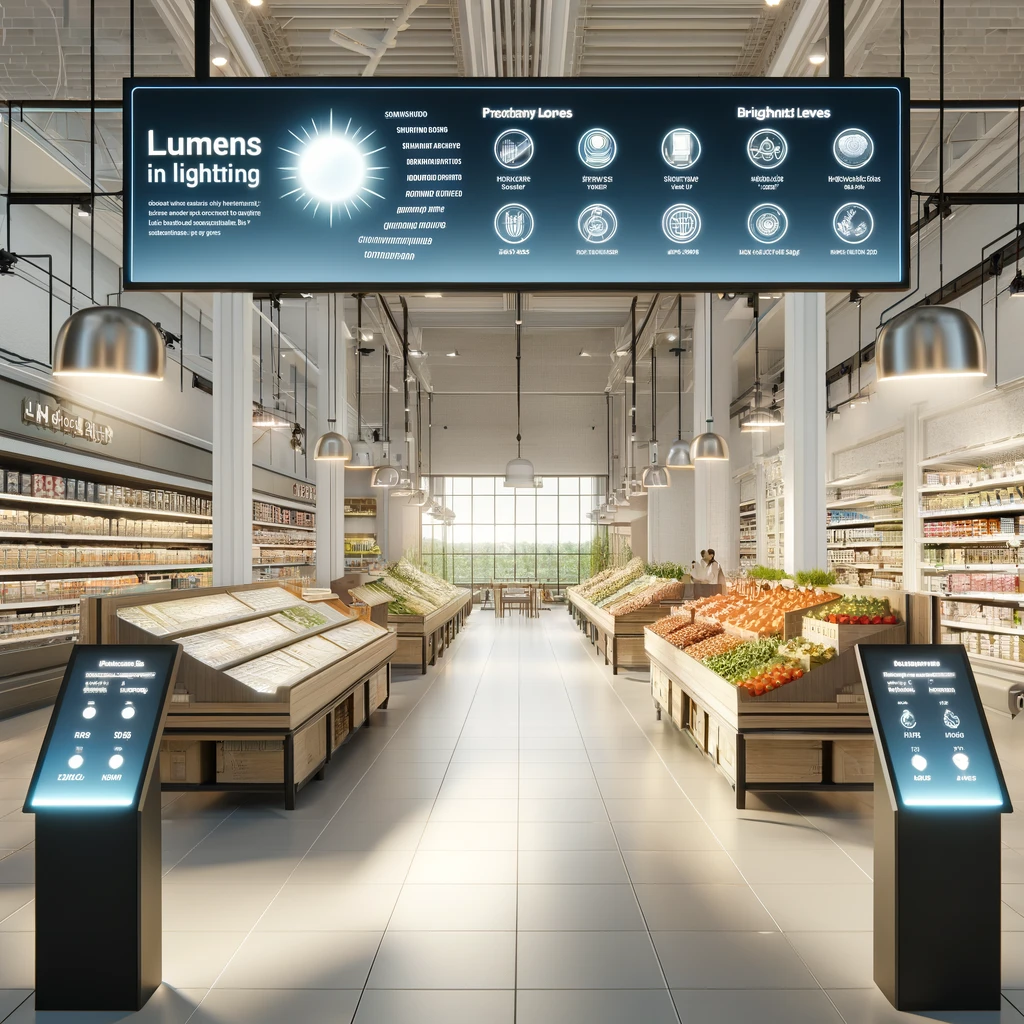Recent Posts
-
Installing Spotlights in Ceiling | Obals Expert Guide
Learn the expert steps and best practices for installing spotlights in your ceiling. Discover the benefits, tools needed, and tips for achieving a professional look.
06/21/2024
-
Warm White Versus Cool White | Expert Lighting Guide
Discover the differences between warm white and cool white lighting. Learn from industry experts about their applications, benefits, and how to choose the right color temperature for your space.
06/21/2024
-
Under Cabinet Lighting Kitchen | Expert Guide
Explore the benefits and best practices for installing under cabinet lighting in your kitchen. Learn from industry experts about types, installation tips, and design ideas to optimize your kitchen lighting.
06/20/2024
-
Screwfix LED Downlights | Expert Lighting Guide
Discover the advantages and best practices for installing Screwfix LED downlights. Learn from industry experts about their features, benefits, and tips for optimizing your lighting setup.
06/20/2024
-
Modern Lighting Factory | Expert Insights
Explore the advancements and benefits of modern lighting factories. Learn from industry experts about the latest technologies, manufacturing processes, and design trends in the lighting industry.
06/19/2024
What Are Lumens in Lighting? | Expert Guide
Understanding Lumens in Lighting: An Expert Guide
In the realm of lighting design, the term lumens frequently arises as a critical measure of light output. For those involved in creating efficient and effective lighting solutions, understanding what lumens are and how they influence lighting quality is essential. This guide delves into the concept of lumens and their role in modern lighting.
Defining Lumens
Simply put, lumens (lm) measure the total amount of visible light emitted by a source. Unlike watts, which indicate energy consumption, lumens quantify the brightness of a light fixture. Higher lumens mean a brighter light, making lumens a key metric for evaluating and comparing lighting products.
The Importance of Lumens in Lighting
Understanding lumens is crucial for several reasons:
Energy Efficiency: By focusing on lumens rather than watts, consumers can choose lighting options that provide the desired brightness while minimizing energy use.
Lighting Quality: Accurate lumen measurements help ensure that spaces are adequately illuminated, enhancing both functionality and comfort.
Cost Savings: Efficient lighting solutions that offer more lumens per watt can significantly reduce energy costs over time.
Comparing Lumens to Other Lighting Metrics
While lumens are a vital measure, they are often considered alongside other metrics such as:
Watts: Indicates the power consumption of a light source. More lumens per watt mean greater efficiency.
Lux: Measures the amount of light that falls on a surface, with one lux equaling one lumen per square meter.
Color Temperature: Measured in Kelvin (K), this metric describes the color appearance of the light, from warm (2700K) to cool (5000K and above).
Color Rendering Index (CRI): Assesses how accurately a light source renders colors, with higher values indicating better color rendering.
Applications of Lumens in Different Settings
The number of lumens required varies depending on the application and setting:
Residential Lighting: Living rooms typically need 1000-2000 lumens, while kitchens and bathrooms might require 3000-4000 lumens for brighter, task-oriented lighting.
Office Spaces: General office areas should have around 3000-5000 lumens to ensure adequate lighting for productivity.
Retail Environments: Bright lighting of 5000-7000 lumens helps highlight products and create an inviting shopping experience.
Outdoor Lighting: Pathways and landscapes benefit from 2000-3000 lumens, providing safety and enhancing aesthetics.
Choosing the Right Lumens for Your Needs
To select the appropriate lumen level, consider the following factors:
Room Size: Larger rooms require more lumens to ensure even illumination.
Purpose of Lighting: Task lighting needs more lumens compared to ambient lighting.
Fixture Type: Different fixtures distribute light differently, affecting how many lumens are needed.
Natural Light: Spaces with ample natural light may require fewer artificial lumens during the day.
Conclusion: Maximizing Lighting Efficiency
Understanding what lumens are and how to use them effectively is crucial for designing efficient and comfortable lighting solutions. By focusing on lumens, you can ensure that your lighting setup meets the specific needs of each space, enhancing both functionality and aesthetics. Stay updated with the latest advancements in lighting technology to continue offering optimal solutions.

